10 Best Adventures of 1919
By:
January 14, 2019
One hundred years ago, the following 10 adventures — selected from my Best Nineteen-Teens (1914–1923) Adventure list — were first serialized or published in book form. They’re my favorite adventures published that year.
Please let me know if I’ve missed any adventures from this year that you particularly admire. Enjoy!
- James Oliver Curwood’s frontier adventure The River’s End. The years between 1890 and 1940 saw the publication of over 150 novels about the Canadian North-West Mounted Police. This one, which is subtitled “A New Story of God’s Country,” is among my favorites in this genre — because it’s also an avenger/artful dodger—type yarn about a man with a secret identity, who has been hunted for years, and is now on a mission of vengeance and self-reinvention. When Derwent Conniston, a courageous Mountie, dies while bringing the outlaw John Keith to justice (after having tracked him for three years), Keith assumes Conniston’s identity. The two men look enough alike to be twins; but can Keith fool Conniston’s fellow Mounties — and his beautiful sister? There is, alas, as is so often the case with books published during this era, a racist element to the story in the form of Shan Tung, a criminal mastermind who quickly sees through the imposture… and who has creepy designs on Conniston’s sister, with whom Keith has fallen in love! Can Keith clear his name, avoid exposure, defeat Shan Tung, and win his “sister”? Fun facts: Curwood, an action-adventure writer and conservationist, was one of the best-selling American novelists of the early 1920s. The River’s End was his most successful work; it was adapted as a movie three times from 1920 through 1940.
- Sax Rohmer’s treasure-hunt adventure The Quest of the Sacred Slipper. Before Hergé’s Tintin adventure The Seven Crystal Balls, the Beatles’ movie Help!, or Indiana Jones, Rohmer’s The Quest of the Sacred Slipper gave us an unwilling hero — the journalist Cavanagh — who stumbles into a fantastic scheme involving an exotic, mystical MacGuffin. Unlike Rohmer’s better-known protagonist, the intrepid colonial police/Scotland Yard commissioner Denis Nayland Smith, who from 1912 on battled master criminal Dr. Fu Manchu, Cavanagh isn’t particularly tough, brave, or resourceful. When a sacred relic — a slipper believed to have belonged to the prophet Mohammed — is stolen (by Professor Deeping, a British archaeologist), Hassan of Aleppo, hashish-smoking leader of an elite sect of Muslim assassins, embarks upon a limb-lopping campaign of terror as he seeks to reclaim it. A talented American gangster also wants the slipper… while Cavanagh, who had nothing to do with the crime, gets caught in the middle of the action. There is an alluring femme fatale — who, for the time period, has quite a bit of agency. In an interesting twist Cavanagh’s ability to survive his ordeal will ultimately depend on his respect for Muslim tradition and beliefs. Fun facts: Rohmer’s first Fu Manchu books were published from 1913–1917; he then attempted to move on from that franchise with The Quest of the Sacred Slipper, among other titles, including 1918’s Brood of the Witch-Queen. However, from 1931 on, he returned to Fu Manchu — due to popular demand.
- Johnston McCulley’s swashbuckling adventure The Curse of Capistrano (also published as The Mark of Zorro). In the pueblo of Los Angeles, capitol of the Spanish colony of California, the powerful and influential Vega family — aristocrats, known as caballeros, who frequently resort to violent swordplay in defense of their honor — are troubled by the effete, nonviolent attitude of young Don Diego Vega. Who is half-heartedly wooing Lolita, beautiful daughter of a caballero who has recently lost most of his land and wealth; Lolita, however, would prefer a much more passionate lover. Meanwhile, a masked, sombrero cordobés-sporting vigilante known only as Zorro (that is to say, the Fox) has risen up against the corrupt governor — whose depredations have recently ruined not only caballeros like Lolita’s father, but local Indians and the Franciscan friars who seek to protect them. When Captain Ramon, the governor’s villainous henchman, threatens to ruin Lolita’s honor, the listless Don Diego does nothing, but Zorro won’t stand for it! This is melodramatic pulp fiction — McCulley was a prolific contributor to early pulps like Argosy and Detective Story — but the action is exciting, and the Don Diego/Zorro setup was ahead of its time. Fun facts: Serialized in 1919 in All-Story Weekly. The Douglas Fairbanks-starring 1920 film adaptation of McCulley’s novel, The Mark of Zorro, was a huge success; subsequent editions of the The Curse of Capistrano would be titled The Mark of Zorro. The masked vigilante characters Batman and The Lone Ranger would be largely inspired by Zorro.
- E. Phillips Oppenheim’s suspense adventure The Wicked Marquis. When the old-school Marquis of Mandeleys succeeded to the title, eighteen years ago, he also inherited Richard Vont — who owns the groundskeeper’s lodge at Mandeleys, and refuses to sell it to the Marquis. The Marquis took Vont’s daughter as a lover; and an embittered Vont emigrated to America with his nephew. Now, years later, the nephew (a self-made millionaire, a la the Count of Monte Cristo) has returned to wreak revenge on the Marquis — which is when things get complicated. Vont’s daughter has become a well-known author, and her publisher falls in love with her; Vont’s nephew, meanwhile, falls in love with the Marquis’s daughter; and the Marquis is on the verge of losing his estate. This is a romance novel, really — but Oppenheim, one of the most famous and influential thriller writers of the era, keeps us guessing. Is the marquis truly wicked? Should we be rooting for Vont, and Vont’s love-sick nephew, to fail in their mission? But is it too late? Fun facts: Serialized in The Green Book, in 1919. Oppenheim published more than 100 novels between 1887 and 1943, three in 1919 alone. The other two: The Box with Broken Seals and The Curious Quest.
- Max Brand’s Western adventure Riders of the Silences (serialized 1919; as a book, 1920). Pierre le Rouge never knew his father, outlaw Martin Ryder; instead, he was raised by a kindly Canadian priest — who’d groomed Pierre to carry on his ministry, in that country’s northern wastes. All was going according to plan until Pierre’s father, who’d been mortally wounded by McGurk, a legendary — and supposedly unkillable — gunfighter, sent his son an urgent letter. Rushing to his father’s death-bed, eight hundred miles away, Pierre arrives just in time to renounce the priesthood… and swear vengeance against his father’s killer. Six years later, a hardened Pierre returns to the scene of the crime with a band of comrades, hunting for McGurk. New and interesting characters are introduced throughout the story, and there are plot twists and wrinkles — a chaste love triangle, a masquerade ball, gambling and thievery — aplenty. Brand is at his most compelling when he writes about wilderness living, hard riding, and gunfighting. Fun facts: Frederick Schiller Faust cranked out many thoughtful, well-written Westerns, under a variety of pseudonyms — most famously, “Max Brand.” Riders of the Silences, originally serialized in the pulp magazine Argosy under the moniker “John Frederick” (misspelled on the cover shown here), is one of three Westerns that Faust published in 1919 alone.
- Rose Macaulay’s Radium Age sci-fi adventure What Not: A Prophetic Comedy. At some point after the First World War (which ended a few months after Macaulay wrote this book), in a Britain where people travel by underground train and “street aero,” a government ministry — the Ministry of Brains — decides to increase national brain-power, and stave off the coming idiocracy, through a program of compulsory selective breeding. The propaganda efforts in support of this endeavor are amazing, and wide-reaching… not just official posters, but newspaper editorials, business advertisements, contests, and more. However, when it’s discovered that the head of the Ministry has secretly married, even though — because there is “deficiency” in his family — he is not allowed to do so, the Ministry is burned down. The book ends on an ambiguous note: Is the victory of “human perverseness, human stupidity, human self-will” over autocratic bureaucracy a triumph? Or not? Fun fact: When British censors discovered that What Not ridiculed wartime bureaucracy, its planned 1918 publication was stopped. Macaulay is best known, today, for her award-winning final novel, The Towers of Trebizond (1956). Note that in 2017, a “secret eugenics conference” was held at University College London….
- Max Brand’s Dan Barry Western adventure The Untamed. This is the original spaghetti western, featuring a loner protagonist with uncanny violent abilities, sympathetic villains, exaggerated western tropes (the dialogue can be downright corny), dreamlike landscapes, even a haunting soundtrack — Whistlin’ Dan Barry’s hypnotic whistling. Our protagonist is a mysterious figure who was found wandering in the Western wilderness as a child; he rides a black stallion (Satan), and is trailed by a black wolf-dog hybrid (Black Bart). Although he appears mild-mannered, unassuming, even naive, when pushed too far Barry transforms — like the Incredible Hulk — into an unstoppable killing machine, yellow-eyed and fiercely strong. (Is Whistlin’ Dan a werewolf? wonder some of this novel’s characters; is he a mutant? is this a science-fiction story? wonders this reader.) When train robber Jim Silent kidnaps Kate, daughter of Barry’s adoptive father, Barry takes on not only the outlaw and his gang but the corrupt lawmen who protect them. There are exciting gunfights, fist-fights, horseback chases, a train robbery, a jailbreak, and a strangling. If the ending is unsatisfactory, it’s because the author must have realized that he could get more mileage out of Whistlin’ Dan if the semi-feral character remained an undomesticated outlaw. Fun facts: Adapted in 1920 as a Tom Mix movie, and in 1931 as the pre-Code Western Fair Warning. Brand wrote two sequels: The Night Horseman (1920) and The Seventh Man (1921).
- John Buchan’s Richard Hannay espionage adventure Mr. Standfast. In his third outing, Richard Hannay — the unwilling British agent who exposed a German spy ring (in The Thirty-Nine Steps, 1915) and thwarted a German-backed Muslim uprising (in Greenmantle, 1916), is recalled from active service on the Western Front, where he is a Brigadier General, and tasked with raveling around Great Britain in his least likely undercover role yet: a conscientious objector! There’s a dangerous German spy at large, an officer of the Imperial Guard who can effortlessly pose as everything from a leading pacifist thinker to a Kansas City journalist; the military-minded Hannay must now infiltrate England’s community of bohemian, intellectual pacifists and objectors. The American agent John Blenkiron (from Greenmantle) plays an important role, and the Boer ne’er-do-well and hunter Peter Pienaar becomes an ace pilot — and the book’s moral center. Meanwhile, we meet for the first time the brave British agent Mary Lamington — with whom both Hannay and the German spy fall in love; and in Scotland, Hannay runs afoul of Geordie Hamilton, a tough Fusilier who later will become Hannay’s personal aide. Another terrific character is the pacifist and mountaineer Launcelot Wake. There are codes to be broken, amazing chase scenes and close shaves, and an eerie chateau near the Western Front! Fun facts: Buchan’s subsequent Richard Hannay novels are The Three Hostages (1924) and The Island of Sheep (1936).
- James Branch Cabell’s comical fantasy adventure Jurgen, A Comedy of Justice. Cabell, a friend and exact contemporary of the arch-ironist H.L. Mencken’s, is best remembered today for this bawdy, bonkers picaresque, the sly protagonist of which — Jurgen, poet and pawnbroker — romps through Arthurian mythos and medieval dreamscapes. Along the way, he seduces such alluring characters as Guenevere; Queen Sylvia, who vanishes at dawn; Anaitis, the personification of desire; Sereda, the Goddess of Time; Florimel, who dwells in a quiet cleft by the Sea of Blood; and Phyllis, the wife of Satan himself. Or so we’re led to believe: Cabell’s sex scenes are wink-wink, nudge-nudge masterpieces of allusion, puns, and misdirection. Jurgen bears comparison to Joyce’s Ulysses (first serialized from 1918–1920), not only because the author’s use of language is gorgeous, but because both books are dizzying displays of erudition — and both are easier to read, for this reason, in annotated editions. This is a fantasist’s fantasy; its most ardent fans — including Aleister Crowley, who called Jurgen one of the “epoch-making masterpieces of philosophy,” James Blish, who edited the journal of the Cabell Society, Robert A. Heinlein, who described Stranger in a Strange Land as “a Cabellesque satire,” and Neil Gaiman, whose syncretist Sandman mythos owes a debt to Jurgen‘s — are themselves among our best fantasy authors. Plus, it’s funny! Fun facts: Jurgen was the subject of a celebrated obscenity case, brought by the New York Society for the Suppression of Vice, shortly after its publication. The 1926 edition of the novel includes a new scenario in which the hero is placed on trial by the Philistines, with a dung-beetle as the chief prosecutor. HiLoBooks serialized Jurgen, with footnotes, here at HILOBROW in 2015–2016.
- Francis Stevens’s Radium Age sci-fi adventure The Heads of Cerberus (serialized 1919; as a book, 1952). When three Philadelphians — Bob Drayton, a lawyer who’s fallen on hard times; his old friend Terry Trenmore, a brawny Irish adventurer; and Viola, Terry’s beautiful young sister — accidentally inhale dust from an ancient vial, they are transported to Ulithia, a fantastical almost-Earth realm. There, they encounter living suits of armor, faceless dancers, a ghostly White Weaver, and a castle whose crumbled walls repair themselves by night. The vial (whose cap is shaped like the mythological Cerberus, hence the story’s title) supposedly contains dust from the gates of Purgatory that had been collected by Dante; however, we eventually discover that the dust was invented by a scientist who has discovered the secret of parallel universes. Our protagonists are next transported to Philadelphia, in the year 2118: the city has become a dystopian state, a sham meritocracy ruled by those who triumph at unfairly rigged games; everyone else is a Number, i.e., a nameless prole. William Penn is worshipped as an angry god, and the Liberty Bell has become a deadly object of veneration. Is this future Philadelphia real, or are our protagonists somehow creating it? What is reality? The Heads of Cerberus has been described as one of the first alternative worlds stories, or “perhaps the first work of fantasy to envisage the parallel-time-track concept.” For sure, it’s a fun epistemological thriller. Fun fact: Gertrude Barrows Bennett (1883–1948), who published under the pseudonym Francis Stevens, has been described as “the woman who invented dark fantasy.” The Heads of Cerberus, which was serialized in the pulp magazine Thrill Book, displays a solid understanding of Einstein’s theory of relativity; and Bennett’s concept of parallel universes is not too dissimilar from late 20th-century theories.
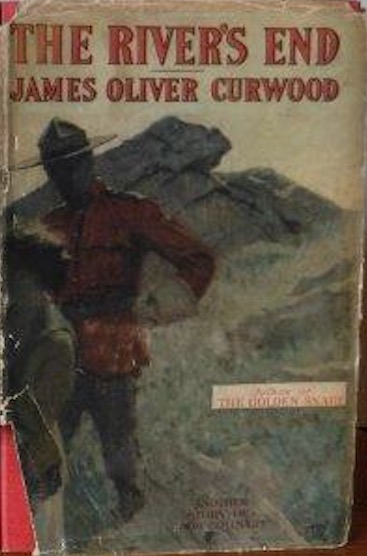
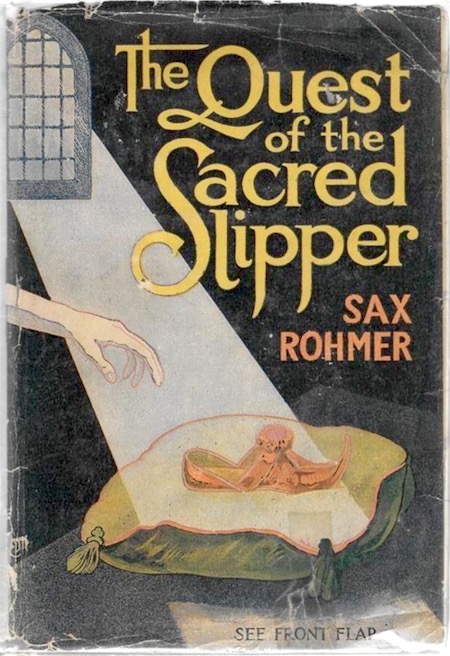
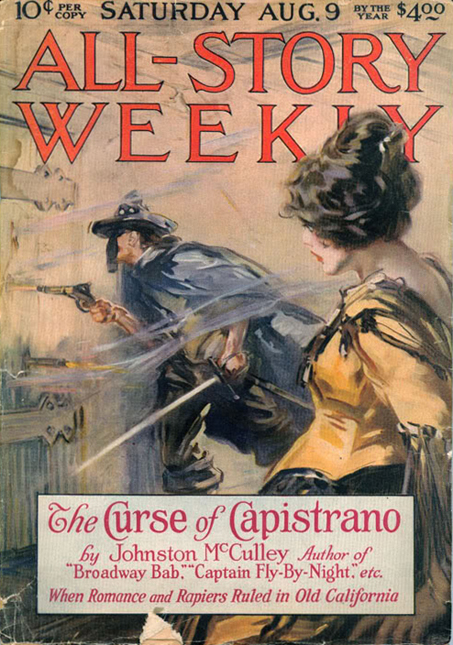
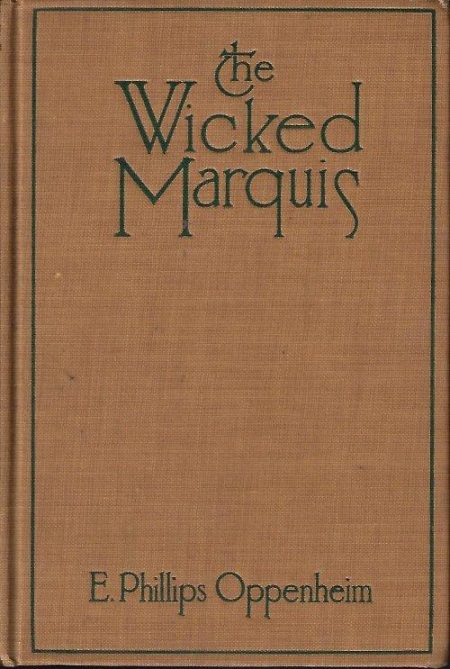
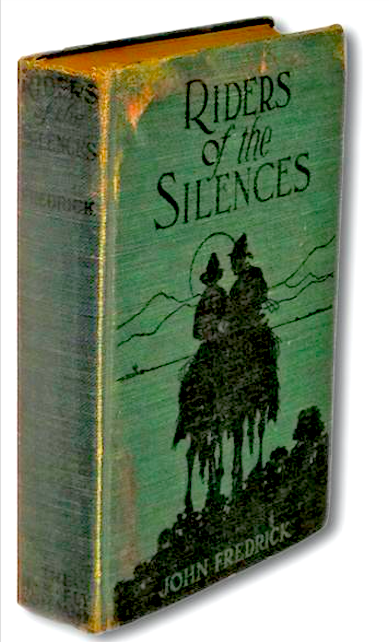
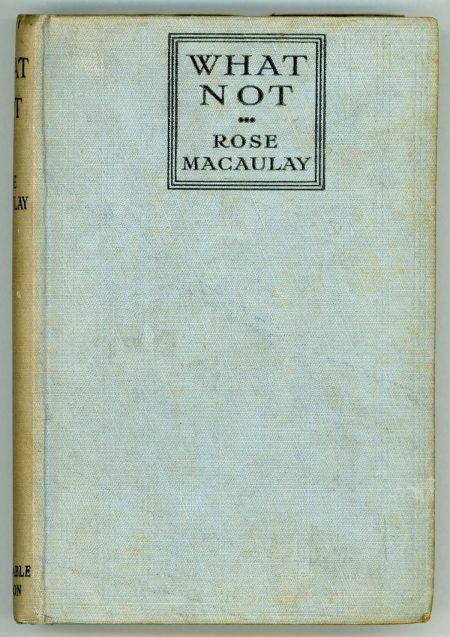
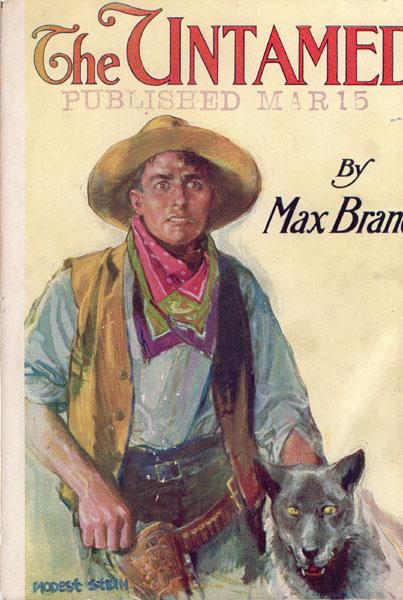
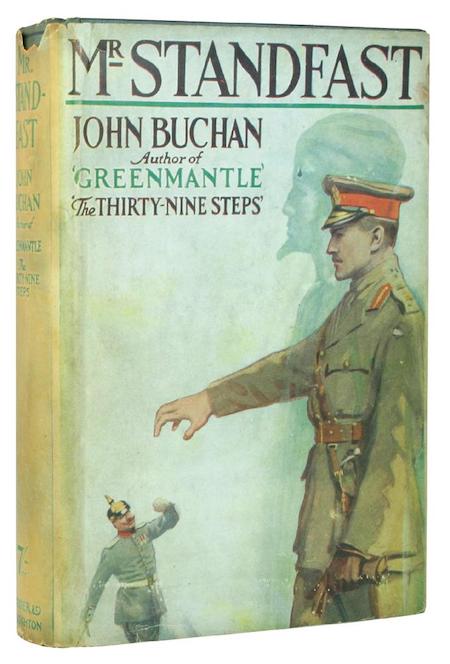
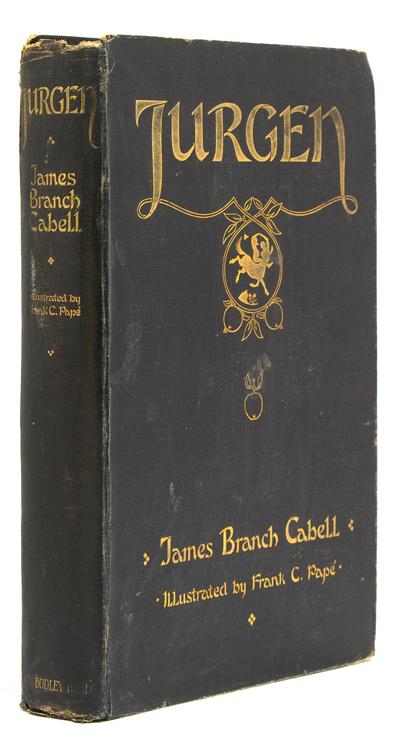
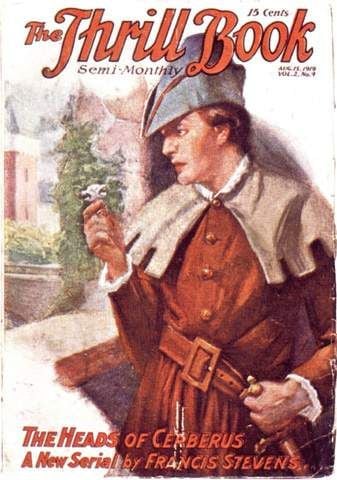
JOSH GLENN’S *BEST ADVENTURES* LISTS: BEST 250 ADVENTURES OF THE 20TH CENTURY | 100 BEST OUGHTS ADVENTURES | 100 BEST RADIUM AGE (PROTO-)SCI-FI ADVENTURES | 100 BEST TEENS ADVENTURES | 100 BEST TWENTIES ADVENTURES | 100 BEST THIRTIES ADVENTURES | 75 BEST GOLDEN AGE SCI-FI ADVENTURES | 100 BEST FORTIES ADVENTURES | 100 BEST FIFTIES ADVENTURES | 100 BEST SIXTIES ADVENTURES | 75 BEST NEW WAVE SCI FI ADVENTURES | 100 BEST SEVENTIES ADVENTURES | 100 BEST EIGHTIES ADVENTURES | 75 BEST DIAMOND AGE SCI-FI ADVENTURES | 100 BEST NINETIES ADVENTURES (in progress) | 1994 | 1995 | 1996 | 1997 | 1998 | 1999 | 2000 | 2001 | 2002 | 2003 | NOTES ON 21st-CENTURY ADVENTURES.
